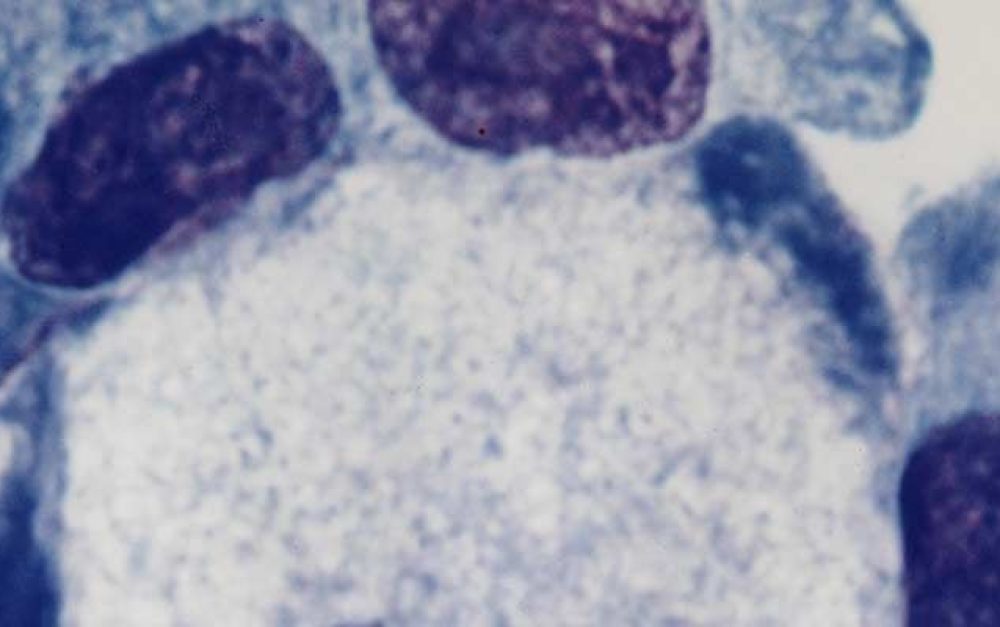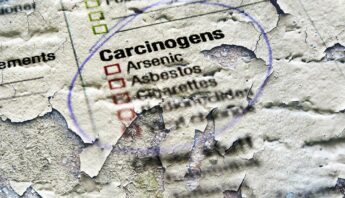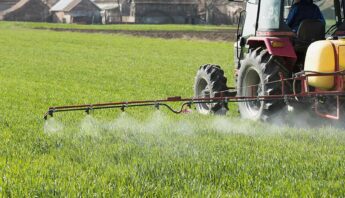Media Release: August 7, 2015
Contact: Paul Towers, organizing and media director, PAN North America:ptowers@panna.org, cell: +1 916 216 1082
Pesticide Joins International ‘Highly Hazardous List Slated for Phaseout
On July 29, 2015 a branch of the World Health Organization (WHO) released a monograph of the herbicide glyphosate on which it had based its earlier decision that this chemical is a probable carcinogen for humans. With this action, glyphosate officially joins the list of highly hazardous pesticides (HHPs).
Pesticide Action Network International welcomes the confirmation of the decision of the WHO’s International Agency for Research on Cancer (IARC) regarding glyphosate’s carcinogenicity, which is long overdue. However, PAN International thinks that the IARC has underestimated the threats from this chemical. PAN International’s regional centers jointly issued the following statement:
“PAN International calls on governments and policymakers to take immediate measures to curtail and stop the use of herbicide formulations containing glyphosate applied to genetically engineered seeds, other crops, in urban areas and home gardens. The network reiterates its call to governments to develop an action plan to address the concerns highlighted in scientific studies and the IARC’s evaluation of glyphosate as a probable human carcinogen. Glyphosate also now joins the growing list of highly hazardous pesticides that should be phased out and banned immediately.”
PAN International raised specific concerns with the IARC’s analysis. While IARC rightly concluded that dermal and ingestion exposure are major routes for human exposure, it downplayed inhalation. Glyphosate inhalation during use and as a result of drift is also an important route of exposure, especially where there is spraying over vast areas, for example in the United States, Brazil and Argentina, where it is used on genetically engineered crops.
“The conclusion of the IARC on glyphosate as a probable carcinogen is not a surprise to the thousands of people in Argentina and countries in the region who are suffering the health impacts from continuous exposure to glyphosate, especially in the areas where massive glyphosate spraying takes place,” says Javier Souza, chair of PAN International. “Glyphosate-related illnesses and serious diseases are common among people in the rural areas around soybean farms.”
People all over the world are exposed to this herbicide, through residues in food and water, through skin contact as identified by the IARC, and also through inhalation.
“IARC’s report mentions glyphosate residues found in food as well as in surface and groundwater, posing a threat to human health. However, it is also present in rainfall, which increases the risk for human exposure,” says Carina Weber, coordinator of PAN Germany.
The IARC report mentions that there is little information on occupational or community exposure to glyphosate. “Glyphosate is extensively used around the globe on glyphosate resistant crops as well as on other crops, and in urban areas. This creates a considerable risk of exposure to agricultural workers, farmers, and rural and urban communities,” says Judy Hatcher, regional coordinator of PAN North America. She adds “that there has been so little monitoring of glyphosate exposure is really unacceptable.”
IARC’s classification of glyphosate is the result of a yearlong evaluation by worldwide independent experts who reviewed the publicly available scientific literature on the carcinogenicity of glyphosate.
Keith Tyrell, coordinator of PAN UK, says, “It has taken 40 years and thousands of injured people, whose health has been seriously undermined by exposure to glyphosate, to finally have WHO recognition about at least one of the hazards of this pesticide.”
“How much more do farmers, agricultural workers, and rural communities have to endure for the world to take action and eliminate highly hazardous pesticides from the planet?” asks Abou Thiam, regional coordinator of PAN Africa.
Sarojeni Rengam, regional coordinator of PAN Asia Pacific, observes, “IARC’s pronouncement on glyphosate as a probable human carcinogen sends a wake-up call on the dangers posed by highly hazardous pesticides. It is time that governments and decision-makers implement policies to phase out HHPs and advance sustainable agriculture that protects human health and the environment.”
For more about PAN International and over 300 organizations that have joined the global call to ban highly hazardous pesticides and replace them with agroecological alternatives, visit http://pan-international.org/.
###
Pesticide Action Network (PAN) is a network of over 600 participating nongovernmental organizations, institutions and individuals in over 90 countries working to replace the use of hazardous pesticides with ecologically sound and socially just alternatives.
Additional Contacts:
Javier Souza, Chair of PAN International & regional coordinator of PAN Latin America: javierrapal@yahoo.com.ar, +54 11 36171782
Sarojeni Rengam, regional coordinator, PAN Asia Pacific:sarojeni.rengam@panap.net, +6 04 657 0271
Abou Thiam, regional coordinator, PAN Africa: abouthiam@pan-afrique.org, +221 338254914
Keith Tyrell, coordinator, PAN UK: keithtyrell@pan-uk.org, +44 7588 706224
Susan Haffmans, PAN Germany: susan.haffmans@pan-germany.org, +49 40 3991910 25







